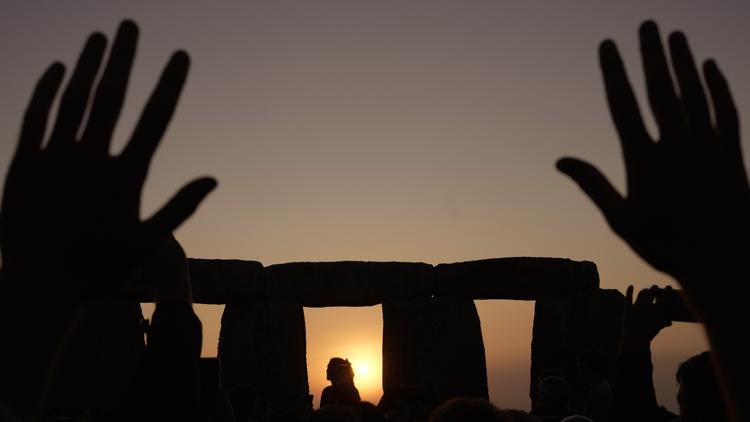
While it’s often believed that the summer solstice is an event that spans an entire calendar day, the solstice actually lasts just a moment.
WASHINGTON — The summer solstice, the official start of summer, is on Friday, June 20.
For those living north of the equator, the solstice is a significant event as it marks the day with the longest period of daylight and the shortest night of the year. This occurrence is a result of the Earth spinning on a tilt as it orbits the sun. During the summer solstice, the Northern Hemisphere is leaning closest to the sun.
Around the same time, those south of the equator will see the shortest day of the year, known as the winter solstice.
Conversely, for those in the Southern Hemisphere, the situation is different. They experience less than 12 hours of daylight while their counterparts in the north revel in daylight for more than 12 hours, as explained by NASA.
As the summer solstice sets in, starting on Saturday, the days in the Northern Hemisphere will start to gradually diminish. This shift will be noticeable as each sunset creeps in a bit earlier than the previous one. This reduction in daylight will persist until the winter solstice in December when the trend will reverse, and the daylight will slowly begin its return.
What time is the summer solstice 2025?
The summer solstice occurs on Friday, June 20, 2025, at 10:42 P.M. EDT., according to TimeandDate.
While it’s often believed that the summer solstice is an event that spans an entire calendar day, the solstice actually lasts just a moment, according to the Old Farmer’s Almanac.
When does summer start?
The summer solstice marks the beginning of astronomical summer each year, typically falling between June 20 and June 22.
In meteorology, the official start of the summer season is June 1, marking the beginning of the three warmest months of the year in the northern hemisphere.
What’s the difference between an astronomical and a meteorological season?
Astronomical seasons are determined by the Earth’s tilt and the sun’s alignment over the equator, according to the National Centers for Environmental Information. These seasons are split into summer and winter solstices and fall and spring equinoxes.
Additionally, the start dates for solstices and equinoxes vary depending on if it’s a leap year.
Meteorological seasons are split into groups of three months based on annual temperature cycles, the NCEI says. These seasons are more closely aligned to our monthly calendar than astronomical seasons.
What causes the summer solstice?
Solstices and seasons happen because of the Earth’s tilt. You can think of Earth’s axis as an imaginary pole through the center of the planet from top to bottom, NASA explains. Earth spins around this pole, making one turn each day and causing day and night.
That axis is tilted about 23.5 degrees. The North Pole is tilted toward the sun in June, resulting in more direct sunlight and warmer temperatures for its hemisphere.

















